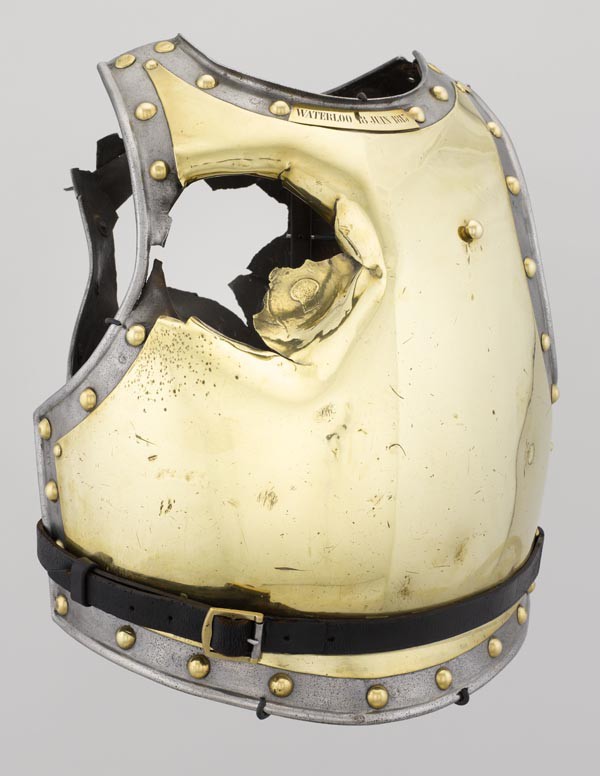“It was a poignant sensation, standing in the nocturnal silence and gazing on the battlefield, which during the day had been a theatre of fighting and now was so calm and silent, the actors spread on the bloodied soil, their pallid faces turned to the cold rays of the moon which reflected off the helmets and breastplates! Now and then, a figure would rise up from the ground, to fall down again with fresh cries of desperation. Others raised themselves slightly and pitifully, or having been less injured, stumbled over the battlefield looking for help. Many of these I followed with my eyes became lost in the distance. But many – alas – after having staggered a few steps, fell to the ground again, never to get up again. It was harrowing! But I still watched.” Thus Alexander Cavalié Mercer describes the battlefield on the evening of 18 June 1815. At the head of a battery of the reserve of the prestigious Royal horse Artillery Regiment, at the heart of General Uxbridge’s cavalry corps – positioned at the centre, between the crossroads and the Hougoumont farm -, the latter supported the two assaults of the French heavy cavalry, flattening “men and horses like blades of grass under the reaper’s scythe” with each shot.
This breastplate, blown open by a cannonball, attests to the violence of the fighting, much like Mercer’s account. Given to the Musée de l’Armée during its creation by colonel de Liechtenstein, it is one of millions of objects that were found on the Waterloo Battlefield and taken as souvenirs or relics by those who visited. A booklet which was once in an inside pocket of the padding but has since been lost, bore the name François Antoine Fauveau, 23 years of age, a dairyman by profession, who was incorporated into the 2nd rifle regiment in May 1815. His height – 5’8 – destined him for this elite force. His statement of service records him as having ‘a long face’: “a large forehead, blue eyes, aquiline nose, small mouth, a face marked by freckles”. Family tradition maintains that this was not François, who had to get married, but in fact his brother, who stood in for him and died at Waterloo.
Emilie Robbe and Grégory Spourdos (tr. AM), June 2013
This object was on display as part of the exhibition at the Musée de l’Armée in Paris, Napoléon et l’Europe, from 27 March 2013 to 14 July 2013.


